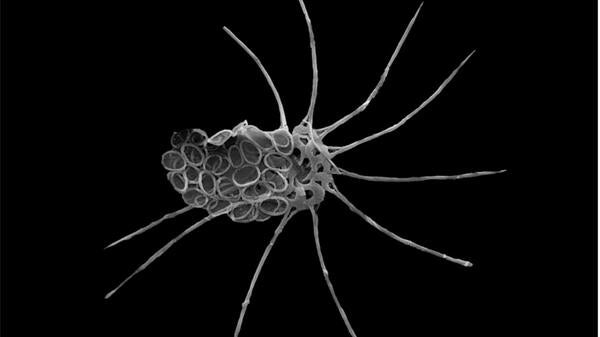A newly described coccolithophore species, Calciopappus curvus was recently found in 2020 in the Sargasso Sea near Bermuda by scientists affiliated with the Bermuda Institute of Ocean Sciences, a unit of the Julie Ann Wrigley Global Futures Laboratory at Arizona State University (ASU BIOS). This newly named species has also been observed prior to its discovery off Bermuda in water samples from far-flung locations as the North Atlantic to tropical and subtropical regions of the Mediterranean, the Atlantic, Indian, and Pacific Ocean.
ASU Announces New School of Ocean Futures
October 01, 2022
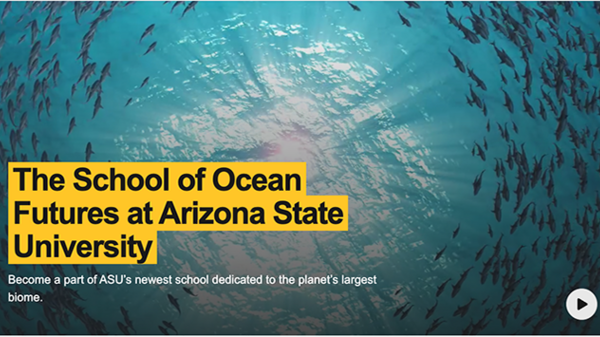
A new school dedicated to the study of the ocean and its ecosystems, and it is based in the desert?
Ocean Exploration Through Video Game Simulation: “subROV”
September 20, 2022
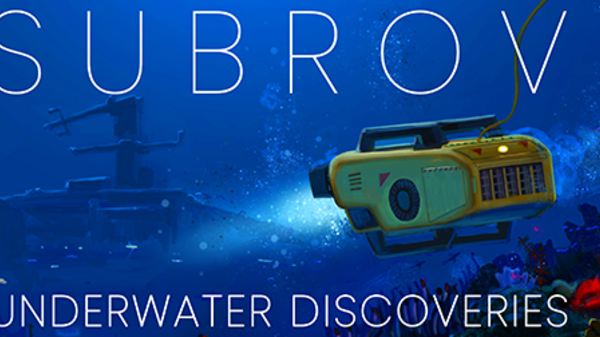
Beginning this fall, ocean exploration enthusiasts will have a new window into the deep sea and its inhabitants through the virtual world of subROV: Underwater Discoveries, a PC-based simulation video game. Developed with input from researchers at BIOS and the Schmidt Ocean Institute (SOI) in Palo Alto, California (U.S.), subROV allows players to assume the controls of a remotely operated vehicle (ROV) and pilot it on a variety of scientific missions.
A Big Commotion about Bermuda’s Coccolithophores
July 30, 2022
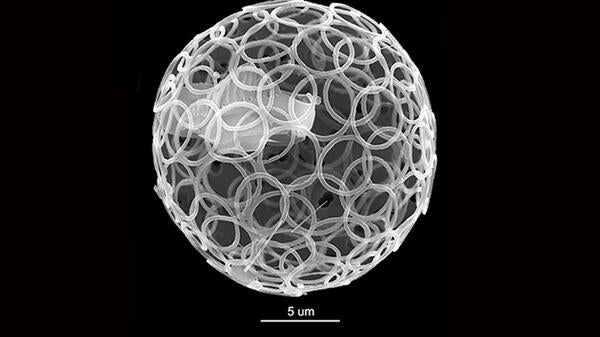
It’s rare that we hear about a new species discovered in Bermuda’s waters. Even rarer to hear about dozens of new species. And rarer still when these species play a key role in the global carbon cycle. A team of researchers led by Josué G. Millán, PhD candidate at Indiana State University and including BIOS zooplankton ecologist Leocadio Blanco-Bercial, have discovered 40 new morphospecies, and likely one new genus, of undescribed coccolithophores—a type of phytoplankton.
Delivering on the Demand for Data
June 25, 2022
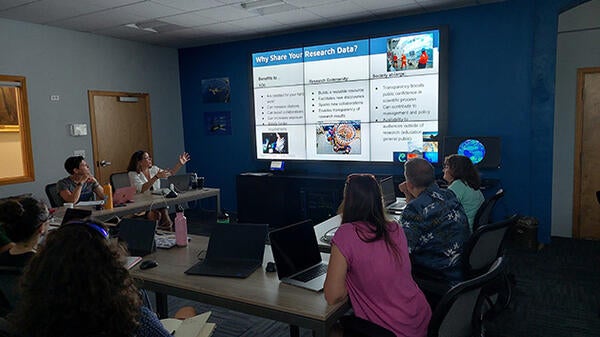
Melissa Hicks is a professor at Onondaga Community College in Syracuse, New York where she teaches introductory courses in geology and oceanography, including a study abroad program in marine ecology of the Bahamas. For the last two years, she’s also been interested in finding ways of incorporating real-world ocean science data into her curriculum.
A Sign of Summer: Students on Campus
May 25, 2022
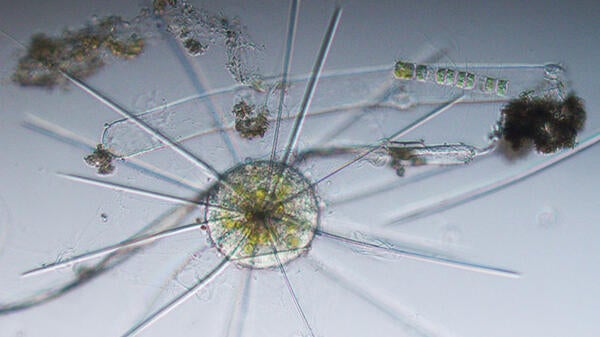
Nicole Coots, a PhD student in her third year of evolutionary biology research at Arizona State University, is smitten by radiolarians, drifting plankton known for their complex, beautifully-sculpted miniature skeletons they make from minerals in ocean water. Like snowflakes, they seem to exist in almost unlimited variety. They are also key members of the food web throughout the surface waters of the global ocean, providing nutrition for other sea life.
Next Stop: Oxford University
April 20, 2022
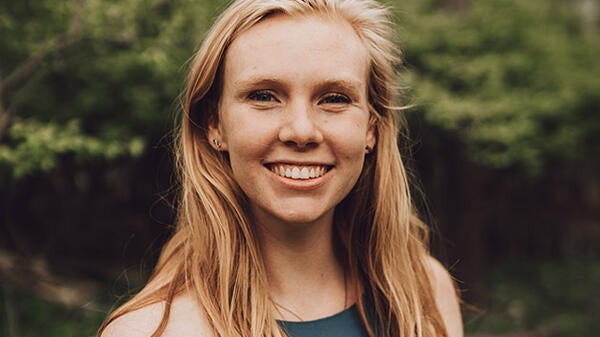
BIOS Ocean Academy alumna Emma O’Donnell will take her interest in environmental sustainability a step further this fall at the University of Oxford in England with a Rhodes Scholarship, focusing her graduate work on studies of sustainability, enterprise, and the environment.
From Ocean Academy Student to BIOS Research Technician
March 13, 2022
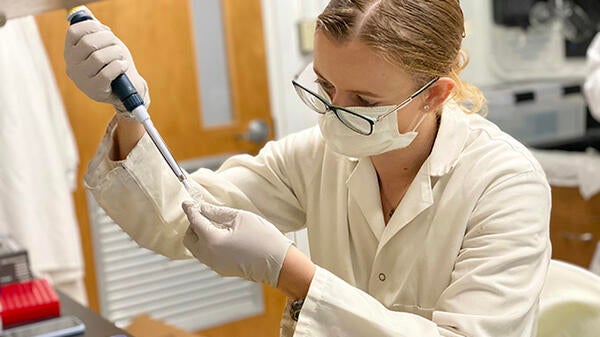
Growing up in Bermuda, Jessica Godfrey developed a fascination with the local corals and other sea life. While attending the island’s Saltus Grammar School, she studied oceanography, narrowing her interest to marine biology.
New Faces in the “Zoop Group”
February 26, 2022
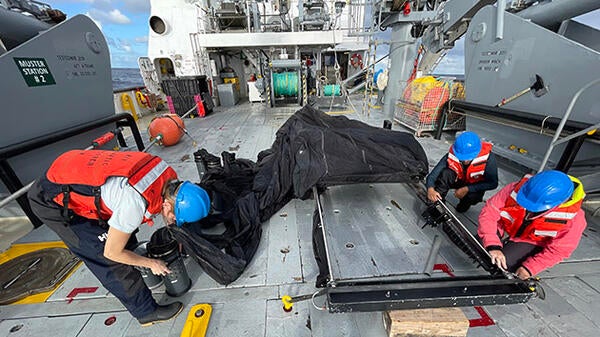
BIOS faculty members Leocadio Blanco-Bercial and Amy Maas study tiny zooplankton, essential to the marine food web, and fondly refer to students and researchers in their Bermuda lab as members of their “Zoop Group.” Three new student members have joined their ranks, including two who will complete their internships in the months ahead and another who will continue their work through mid-2022.
Little Lives in Bermuda’s Caves
June 08, 2016
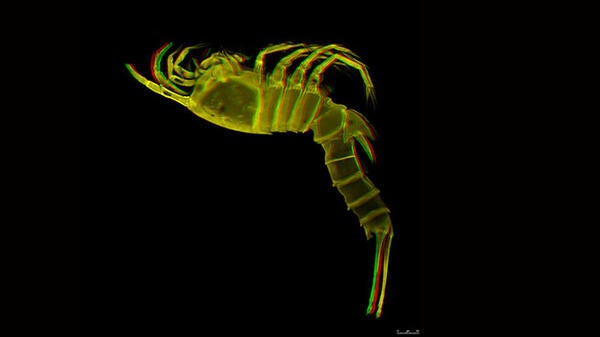
The cool darkness of the cave provided relief from Bermuda’s spring sun when BIOS scientist Leocadio Blanco-Bercial ducked down and slipped inside, eager to explore the quiet habitat of organisms smaller than sand grains. His cave research, which began in early April, teamed him with researchers from the German Centre for Marine Biodiversity Research to gather water samples from six of Bermuda’s renowned—yet mysterious—limestone caves.
